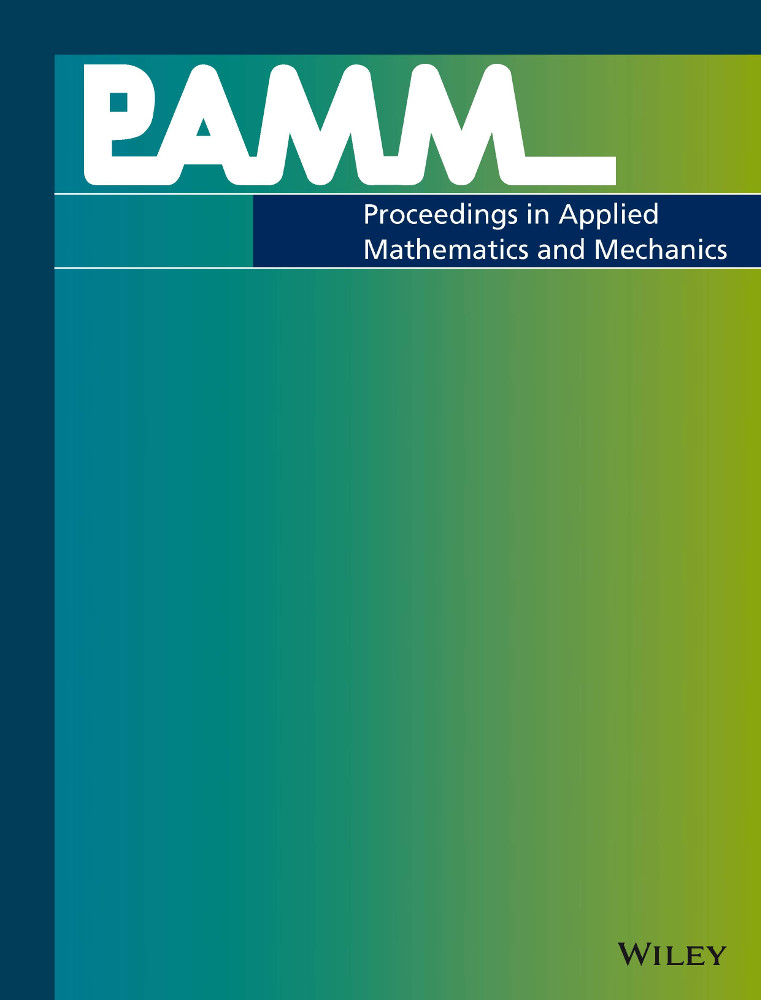Numerical modeling of reactive flow in porous media at the pore scale
Abstract
Different numerical algorithms for the solution of a class of unsteady convection-diffusion-reaction (CDR) equations are presented and compared in this paper. The fully implicit in time discretizations are usually preferred because they are unconditionally stable for linear problems. However, when implicit discretization is used for nonlinear problems, iterations over the nonlinearity have to be performed. Picard (simple linearization) or Newton's methods can be used for this purpose. An alternative to the fully implicit discretization is fractional time-step methods, e.g. splitting with respect to physicochemical processes. The study of the latter class of discretization is especially interesting in the case when only the reactive term contains nonlinearity, while the convection and diffusion operators are linear. The CDR models used to describe processes in catalytic filters belong to this class. Numerical experiments for CDR equation with controllable stiffness of reaction term for different transport regimes, which are described by Peclet and Damkohler numbers are demonstrated and analyzed.




